ABSTRACT
sexta-feira, 26 de novembro de 2021
Método de carga para banco de baterias em fontes ininterruptas de energia que busca garantir o estado de carga completa: corrente pulsada modificado--Cardoso, Renato Tavares (Universidade Federal de Santa Maria)
ABSTRACT
sexta-feira, 19 de novembro de 2021
High-voltage power supply for x-ray computed tomography and time-delay compensation of cockcroft-walton circuit Yuki Kajiuchi and Toshihiko Noguchi Canon Medical Systems Corporation, Tochigi, Japan. Department of Engineering, Graduate School of Integrated Science and Technology, Shizuoka University, Hamamatsu, Japan
High-voltage power supply for x-ray computed tomography and time-delay compensation of cockcroft-walton circuit Yuki Kajiuchi and Toshihiko Noguchi Canon Medical Systems Corporation, Tochigi, Japan. 2Department of Engineering, Graduate School of Integrated Science and Technology, Shizuoka University, Hamamatsu, Japan.
변압기 없는 고승압 직류 컨버터용 대칭형 Cockcroft-Walton 회로 (Symmetrical Cockcroft-Walton circuit for Transformerless High Step-Up DC-DC Converter) 차대중*․백지은․고광철** (Dae-Joong Cha․Ji-Eun Baek․Kwang-Cheol Ko)-Journal of the Korean Institute of IIIuminating and Electrical Installation Engineers (2015--
변압기 없는 고승압 직류 컨버터용 대칭형 Cockcroft-Walton 회로 (Symmetrical Cockcroft-Walton circuit for Transformerless High Step-Up DC-DC Converter) 차대중*․백지은․고광철** (Dae-Joong Cha․Ji-Eun Baek․Kwang-Cheol Ko)
Abstract
High Step-up DC-DC Converters have been demanded for renewable energy applications. Transformer or coupled inductor is generally used to boost output voltage of converters. This methods can relatively obtain high voltage than others, whereas have heavy weight and high cost. To complement these disadvantages, we studied transformerless high step-up DC-DC converter. In various transformerless topologies, Boost converters combined with Cockcroft-Walton have studied. In this paper, we proposed a symmetrical Cockcroft-Walton circuit for transformerless high step-up DC-DC converter. Finally, we simulated proposed converter to compare with existing converter. As a result, proposed converter has higher duty ratio or lower cost than existing transformerless converters which are discussed in this paper.
LINK VIEW FULL TEXT: https://www.koreascience.or.kr/article/JAKO201505041841025.pdf
Cockcroft-Walton Voltage Multiplier Simulation According to Diode Parasitic Capacitance for Xray Generator Designing Xray 발생장치 설계를 위한 다이오드 기생 커패시턴스에 따른 Cockcroft-Walton Voltage Multiplier 시뮬레이션 Im, Gyu-Wan (KONKUK University) ; Mok, Hyung-Soo (KONKUK University) ; Zhu, He-Lin (KONKUK University) 임규완 (건국대학교) ; 목형수 (건국대학교) ; 주학림 (건국대학교)
ABSTRACT Due to the recent outbreak of COVID-19 (Coronavirus disease, 2019), The demand for X-ray examinations to make a definitive diagnosis is increasing. In order to obtain high-quality Xray images, the X-ray tube A constant high voltage suitable for the purpose of shooting must be applied to the camera through control. To do this, consider the output voltage characteristics of the power converter. should be designed Therefore, it is mainly used for Xray generators. of the diode using the Cockcroft-Walton Voltage Multiplier. The parasitic capacitance component is the leakage inductance component of the transformer, and the The parasitic inductance component and the output voltage generated by resonance.
NOVA FAMÍLIA DE INVERSORES MULTINÍVEIS ASSIMÉTRICOS COM ESTÁGIO CA-CA E COM REDUZIDO NÚMERO DE COMPONENTES EM CONDUÇÃO--SAMUEL JÓ DE MESQUITA-- Curso de Doutorado em Engenharia Elétrica -Universidade Federal do Ceará--BRASIL
RESUMO
Esta tese propõe uma nova família de inversores multiníveis assimétricos baseados no uso de chaves bidirecionais. Generalizadas relações de tensão entre as fontes de entrada dos inversores cascateados são desenvolvidas e análises comparativas realizadas com as topologias convencionais demonstram uma solução atrativa com relação a redução do número de componentes em condução, além do reduzido emprego de fontes CC isoladas. Soluções topológicas empregando apenas uma fonte CC são apresentadas e a operação com estágio CA-CA desses conversores não necessita de pontes de diodos para confecção das fontes de alimentação dos inversores multiníveis assimétricos como comumente é usado pela comunidade científica. Estratégias de modulação PWM para algumas topologias são propostas e os resultados de simulações são apresentados para validar as análises teóricas. Entre as topologias propostas, foram escolhidas duas de maior complexidade para a validação experimental por meio de um protótipo de 49 níveis na tensão de saída, empregando um transformador toroidal de múltiplos secundários operando em 300 Hz, para a primeira topologia e em 60 Hz para a segunda topologia. Os resultados experimentais para as duas topologias processando 1 kW com tensão de entrada de 48 V e de saída 220 V validam os conversores aqui propostos. Também é validada a proposta dos estados otimizados de comutação dos interruptores bidirecionais. Dessa forma, este trabalho introduz novas topologias de inversores multiníveis assimétricos viáveis até mesmo para operações em baixas potências.
Palavras-chave: Chaves bidirecionais. Estágio CA-CA. Inversores multiníveis assimétricos. Topologias isoladas. Transformador de múltiplos secundários. Modulação staircase. Modulação híbrida. Modulação PWM.
ABSTRACT
This thesis proposes a new family of asymmetric multilevel inverters based on the use of bi-directional switches. Generalized voltage relations among input sources of the cascaded inverters are developed and comparative analyzes with conventional topologies show an attractive solution in relation to the reduction of the number of components in conduction, as well as the reduced number of isolated DC sources. Topological solutions employing only one DC source are presented and the AC-AC operating stage of these converters does not require diode bridges to create the power supplies of asymmetric multilevel inverters as commonly proposed by the scientific community. PWM modulation strategies for some topologies are proposed and validated by simulation results. Among the proposed topologies, two topologies of higher complexity were chosen to validate the studies by means of a 49-level output voltage laboratory prototype, using a toroidal transformer with multiple secondary windings, being one topology operating at 300 Hz, and the second one at 60 Hz. Experimental results for the two topologies processing 1 kW with 48 V input voltage and 220 V output validate these converters as well as the optimized commutation states of the bi-directional switches. In this way, this work introduces new multilevel inverter topologies viable for low power and low voltage operation.
Keywords: Asymmetrical multilevel inverters. AC-AC conversion. Bi-directional switches. Multi-winding transformers. Hybrid modulation. PWM modulation. Staircase modulation
LINK VIEW FULL TEXT :http://www.gpec.ufc.br/teses/5.pdf
terça-feira, 16 de novembro de 2021
ADVANCED TOPOLOGIES OF HIGH-VOLTAGE-GAIN DC-DC BOOST CONVERTERS FOR RENEWABLE ENERGY APPLICATIONS by AHMAD SAEED Y. ALZAHRANI--MISSOURI UNIVERSITY OF SCIENCE AND TECHNOLOGY--DOCTOR OF PHILOSOPHY in ELECTRICAL ENGINEERING 2018
CONVERTERS FOR RENEWABLE ENERGY APPLICATIONS by AHMAD SAEED Y. ALZAHRANI MISSOURI UNIVERSITY OF SCIENCE AND TECHNOLOGY
segunda-feira, 15 de novembro de 2021
Design and Control Methodology for Improved Operation of a HV Bipolar Hybrid Switched Capacitor Converter J. Delhotal, J. Richards, J. Stewart, J. Neely, J. Flicker, R. Brocato, L. Rashkin Sandia National Laboratories Albuquerque, New Mexico, USA
Design and Control Methodology for Improved Operation of a HV Bipolar Hybrid Switched Capacitor Converter J. Delhotal, J. Richards, J. Stewart, J. Neely, J. Flicker, R. Brocato, L. Rashkin Sandia National Laboratories Albuquerque, New Mexico, USA Email: jneely@sandia.gov Jane Lehr University of New Mexico Albuquerque, New Mexico, USA
DESIGN AND DEVELOPMENT OF POWER PROCESSING UNITS FOR APPLICATIONS IN ELECTRICALLY-PROPELLED SATELLITE SYSTEMS by KARTIKEYA JAYADURGA PRASAD VEERAMRAJU---Requirements for the Degree MASTER OF SCIENCE in ELECTRICAL ENGINEERING--MISSOURI UNIVERSITY OF SCIENCE AND TECHNOLOGY-
DESIGN AND DEVELOPMENT OF POWER PROCESSING UNITS FOR APPLICATIONS IN ELECTRICALLY-PROPELLED SATELLITE SYSTEMS by KARTIKEYA JAYADURGA PRASAD VEERAMRAJU
sábado, 6 de novembro de 2021
Characterization and Design of HighSwitching Speed Capability of GaN Power Devices in a 3-Phase Inverter-Rémi PERRIN-THESE de DOCTORAT DE L’UNIVERSITE DE LYON opérée au sein de Laboratoire AMPERE
Characterization and design of the switching frequency rise of a 3-phase inverter with GaN transistors by Rémi Perrin
Design and characterization of a three-phase current source inverter using 1.7kV SiC power devices for photovoltaic applications-Présentée par Luís Gabriel ALVES RODRIGUES Laboratoire de Génie Electrique de Grenoble dans l'École Doctorale Electronique, Electrotechnique, Automatique et Traitement du Signal-
Abstract























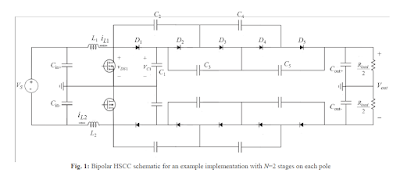



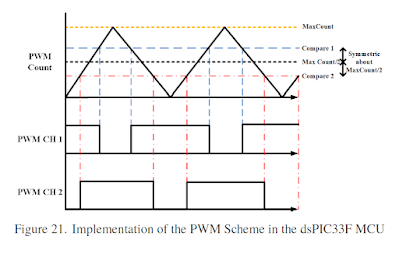
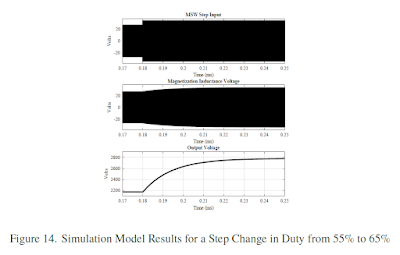




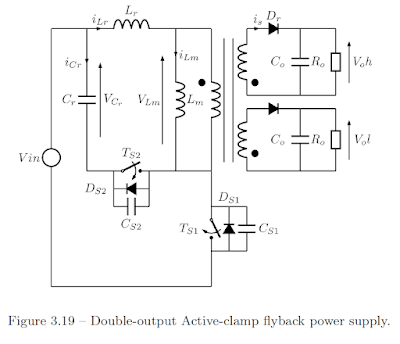


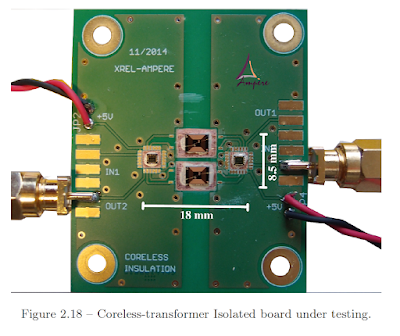


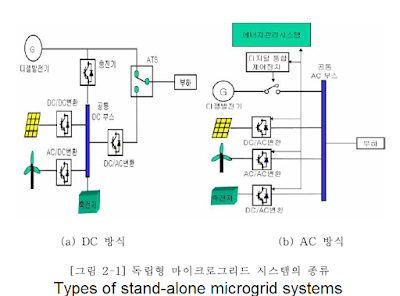
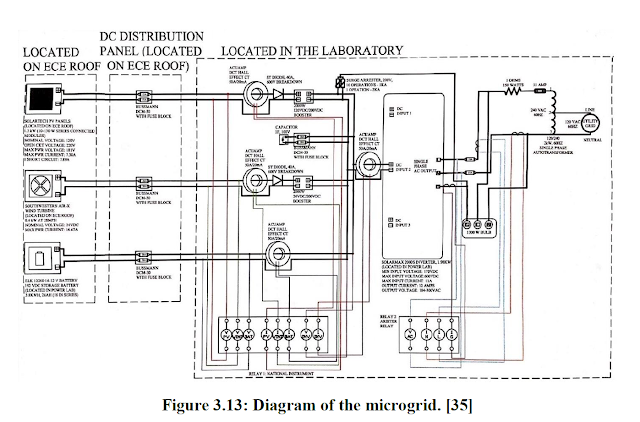
























 JOSIL ARTISTA PLASTICO FORTALEZA CEARA BRASIL AV.HERACLITO GRAÇA 41 TEL(85)32542378
JOSIL ARTISTA PLASTICO FORTALEZA CEARA BRASIL AV.HERACLITO GRAÇA 41 TEL(85)32542378















